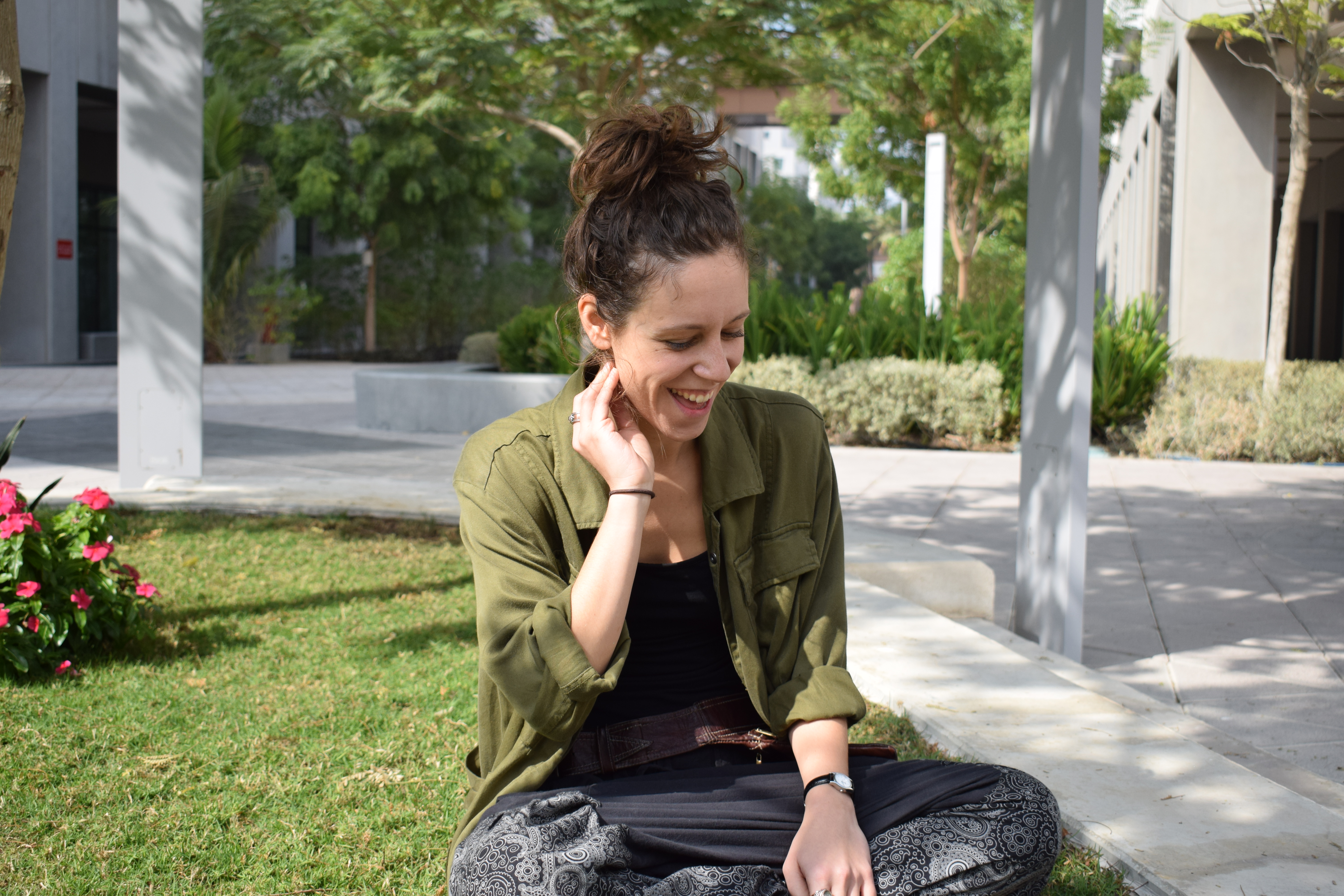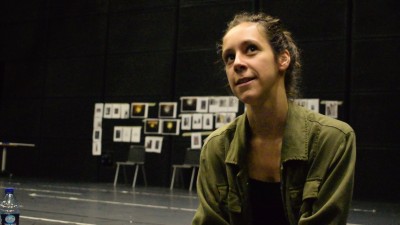Watch full interview here.
Could you share your background story and how dance entered your life?
I started dancing at the age of 5. Given that my parents are musicians, I have always had a connection with music, and it was in fact my passion for music that led me into dance. I did ballet until I was 19. As much as I loved it, ballet was a challenge – stricter and more demanding than contemporary dance. My childhood was very different from that of a normal child; I went to a boarding school at the age of 13 and my life was wholly taken over by dance and academics, leaving me with no time for socializing or for myself. There were times when I truly wanted to quit, but I always found myself going back to dance. In fact, I had even applied to medical school and was sure that it was the direction I was going to take, but then I got an invite to the Northern School of Contemporary Dance in the UK and my mother convinced me to choose studying dance over medicine (perhaps the only parent in the world who would). I am so grateful to my parents for the sacrifice and inspiration they have provided me – something I’ll never be able to repay them for.
Having learnt Kathak from Aakash, what you think of the dance form?
I love Kathak dance. In fact, I wish I was better at it. What I find interesting is how Indian classical dance is deeply interconnected with music, the steps and rhythm just work their way into your body, producing vibrations. I find it challenging though, because it requires a different stylistic attitude, and when I see Aakash perform, it is just mesmerizing. There is something other-worldly in the way he dances. We sometimes lose focus in the studio and just stare at him as he moves. Overall, it’s been a pleasure learning this dance form from one of the best Kathak dancers in today’s time.
How did you end up working with Aakash and what is your major interest in the #JeSuis project?
Like most pivotal events in my life, it happened by coincidence. I was dancing for the National Dance Company in Turkey, together with Beril and Yasin, and at some point, I decided that I wanted to pursue a free-lance career. The two told me about Aakash having done a workshop with them two years before and that he was looking for dancers to work with. I decided to give it a shot and checked out his videos out on Youtube, and oh my gosh! I was amazed and just knew it would be a worthwhile experience. In 2015, I went to Birmingham to do the first R and D, which was about something completely different from #JeSuis and since then, my relationship with Aakash just evolved; he has become one of my closest friends and I truly admire him. As time went on, #JeSuis started to have this different, more political, more social meaning. At the beginning I was like, let’s see, what it’s going to be. Is it gonna be too literal, too victimizing? But the thing that made me really shift was after Edinburgh, where we performed it like 16 times in a row…the reaction of the audience, what people said and how they said it, made me realize that we were doing something bigger than ourselves. This is not to praise what we are doing. It was really a shock for me to realize this…it gave me a whole new point of view. And my dance changed, everything changed. The audience made it all happen.
To what extent do you think a dancer on a stage can represent a refugee in a crisis? And therefore, can one distinguish between as dance as a means of Artivism versus misrepresentation?
This is a million-dollar question. It is something I still ask myself…It’s a very big question mark for me. But, what I can say is that, as artists (dancers, choreographers, painters, musicians, whatever), we are all affected by the context around us, both spatial and temporal. So we naturally and unconsciously react to it. Whether we like it or not, we cannot avoid dealing with these issues, they become a part of us, and when we create, all these elements channel themselves through our art. Even if you don’t do it with the intent of activism. Actually, the process of #JeSuis started off as an introspective journey and it transformed into something much more. It’s important to remember though that if you go on stage, and solely try to be ‘political’ and do as you said Artivism, it limits all the possibilities and ways in which you can express yourself and build a healthy communication with the audience. Rather, if you come from a more humble point of you view, then you’re more open and you can really let all these things (issues affecting us) that you’re carrying at the back of your mind to come out, whether you’re aware of it or not.
Interview conducted by Ivy & Nandini

